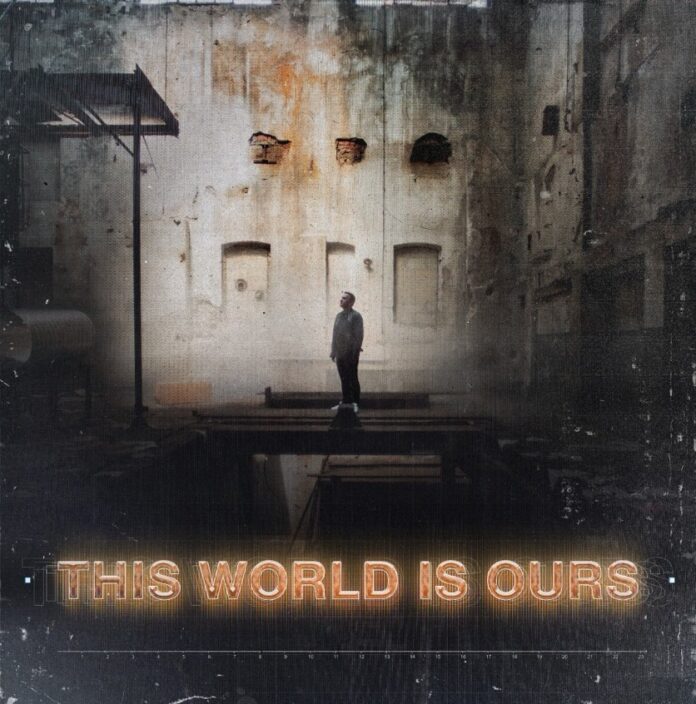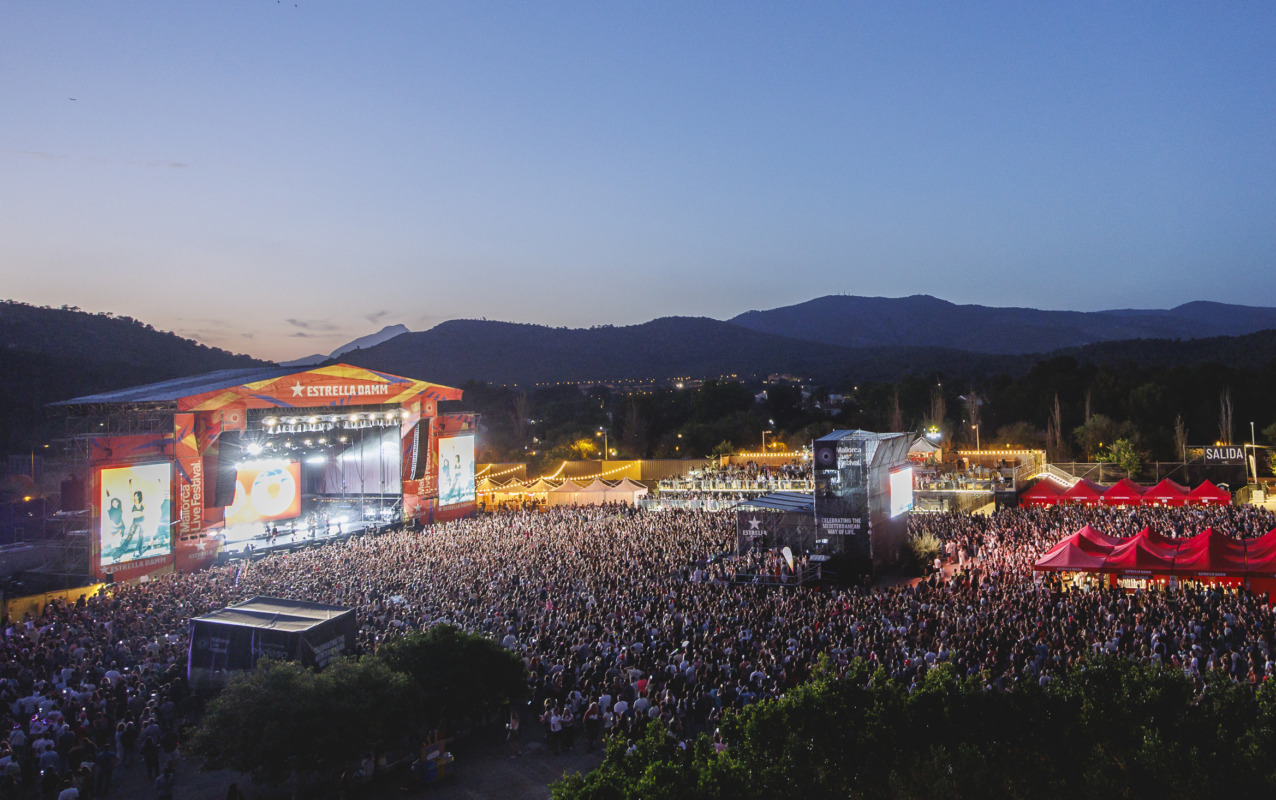Techno electronic dance music isn’t some type of heavy metal; it’s not something you could listen to for hours on end and think, “Wow! It’s changed so much!” Sometimes people listen to techno simply because they prefer to hear slower music. Other times, they hear it purely for the effect it leaves on their brain. Whatever the reason may be, techno has had a huge impact on dance music over the past couple of decades and more continues to come.
The difference between techno electronic dance music and normal dance is the level of abstractness. Most dance songs are built around a major theme or “hook,” the basic idea being to build up an emotional response or “lonely feeling” for the audience through the repeated repetition of a single phrase. With techno, the hooks and rhythms repeat endlessly, building up an effective citizenry through the repetition of that single hook. It’s hard to explain; it’s hard to compare; it’s even harder to dance to.
In a nutshell: techno electronic dance music sounds completely different than any other style of dance. For that reason, it creates a completely new set of fans, those who love it purely for the effect it gives the mind. The reason that it’s different from other types of dance, and music generally, is that the listener’s ability to let his or her own emotions and personal experiences out in the song is wholly engaged. Rather than being satisfied with the expected or at worst expected experience of being on the dance floor, the listener creates a totally different level of emotion and connection with each song.
But let’s take it one step at a time. Let’s think about some of the most famous songs from techno dance music. “A Nice Place to Spend Their Money,” by Don La Rocca and “I Feel Love,” by The Rolling Stones are two examples. Both of these songs have become iconic, both in their day and period of origin, and both continue to be covered in dance clubs across the world. And while you’re at it, let’s also consider “Closing Time,” by Cream, which remains the last song ever played on the U.S. radio during the height of its popularity, and remains one of the most recognizable music videos of all time.
Now then, consider how important technology has become in our everyday lives. With cell phones, email, and instant messaging, life seems much smaller. But techno-popular music, especially the kind that was made in the 1990s, can give us a dose of that very technology. We have email, text messaging, and instant messaging. There is no longer any need to physically go and meet someone in person anymore, as it can all be done through the computer.
This is what’s so great about techno dance music. Even if you don’t dance, listening to it will have a powerful effect on you. Consider how many and downtempo artists have released albums that are now available via the Internet. Many of these artists have gone from being unknown to becoming popular overnight. As more people catch on to new electronic dance music, the more artists will be able to profit from this lucrative genre.
What this means for you as an aspiring techno DJ is simple. If you love to play music, whether it’s soft or hard rock, heavy metal, or even hip hop, techno dj beats are the way to go. By taking a class, or learning to play a certain piece of techno DJing software, you’ll soon be on your way to making a name for yourself in the music industry.
Now you might think, “What if I don’t know any techno music?” Well don’t worry, this isn’t the end of the world. There are many online courses that are available that will teach you all about the different genres of electronic music. Some of these programs will even allow you to download demo versions of the tracks to practice with before taking the real plunge and buying the program. Before you know it, you’ll be playing in clubs and recording your own music. So take a few classes and start practicing.


